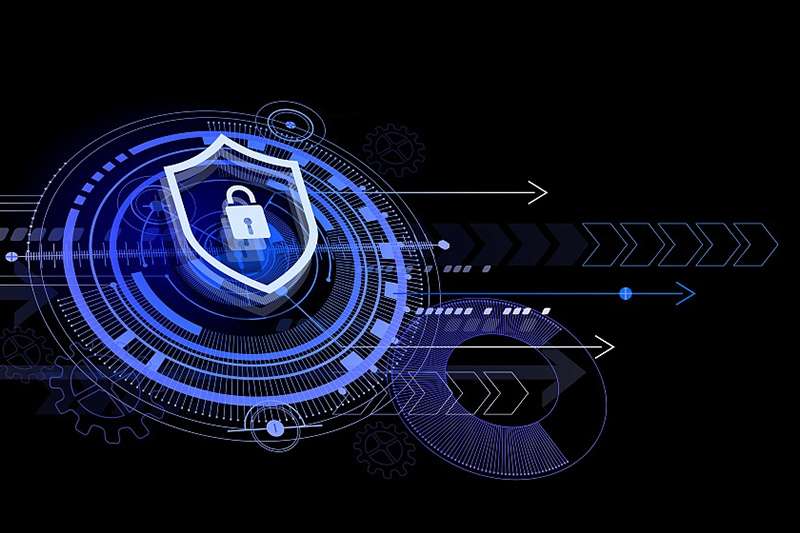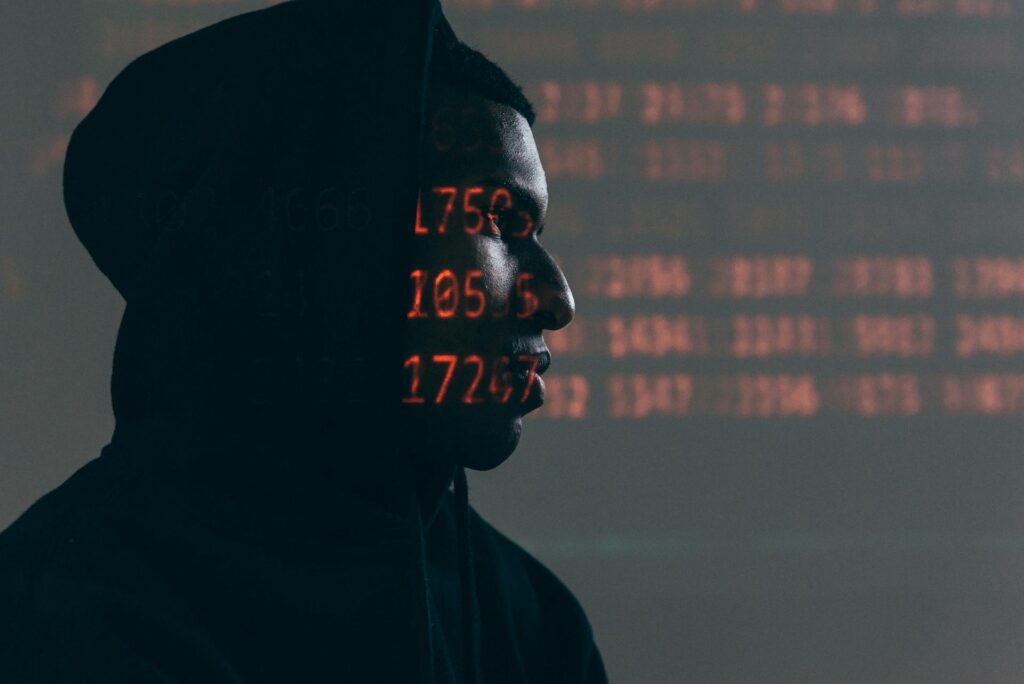The Evolving Threat Landscape
issues become more complicated with the development of technologies. By the year 2025, AI-driven cyber-attacks have soared, and malevolent people have used AI to develop very advanced and dynamic threats. They are automated vulnerability detection, convincing phishing campaigns, and avoid traditional defenses, which make detection and prevention challenging. There has also been an explosion of deepfake technology creating realistic fake video and audio that criminals can use to misinform and commit fraud, and millions of such instances are predicted in 2021 alone. In addition to the threat of AI, there is an increase in ransomware attacks that are aimed at sectors with weak security, such as the healthcare and educational fields, which may require a significant amount of money as a ransom and lead to significant disruption.
The Rise of Network and Application Attacks

More complicated and common are the Distributed Denial of Service (DDoS) attacks, which employ multi-vector approaches and amplification methods that flood networks in a short period. Man-in-the-Middle (MitM) attacks are now more advanced and they use the weaknesses of the SSL/TLS to intercept sensitive communications. Network infrastructure has become the target of cybercriminals who require more effective protection against these continuous attacks.
Emerging Trends in Cybersecurity Solutions
Organizations are embracing AI-enabled security solutions to counter these threats to provide dynamic threat detection and anomaly-driven protection. Zero Trust architectures are becoming more popular, focusing on ongoing verification and micro-segmentation in order to reduce attack surfaces. To be prepared against future threats of quantum computing, post-quantum cryptography is under research. Also, cloud-native application vulnerabilities are being avoided by adopting cloud container security and DevOps security measures, such as shift-left scanning.

Addressing Human and Supply Chain Risks
Careless or malicious actors may pose risks to the organization, which is why insider threats, exacerbated by hybrid work models, need to be reduced by behavioral analytics and data loss prevention tools. The issue of supply chain attacks is one of the most popular and companies are increasing their level of security evaluation of their partners and instituting continuous compliance assessment to avoid compromise via third parties.
Preparing for a Secure Future
With the high rates of cyber threats development, the organizations have to enforce the layered security approaches involving the use of advanced AI and automation as well as human awareness initiatives. Online backup, segmented network, and continuous monitoring are some of the ways to stress resilience and improve the defense. Industrial coordination and convergence of regulations will play a key role in controlling the cyber threat environment that is becoming more global and interconnected.

To sum up, the cybersecurity landscape in 2025 will be characterized by sophisticated adversaries and inspired attack vectors. Through the combination of novel technologies and the implementation of the zero trust principles, as well as human factors consideration, companies can strengthen their defense and protect critical assets in an environment with a high level of risk in the digital world.

